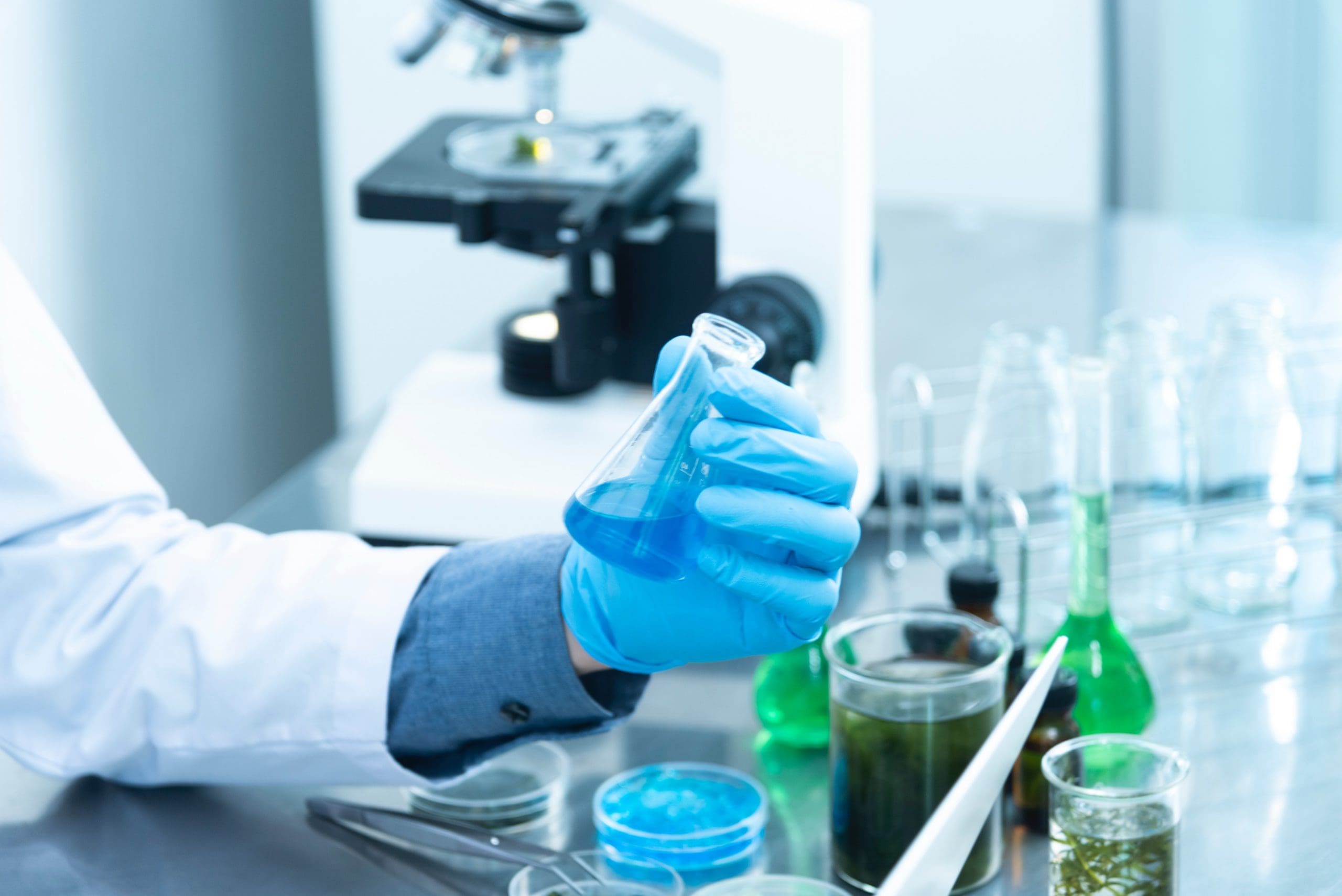ECHA Substances of Very High Concern (SVHC)
 Most chemicals listed as Substances of Very High Concern (SVHC) by the European Chemicals Agency have been so designated on account of their carcinogenic, mutagenic, reproductive toxic, environmental persistence of bioaccumulative properties. However, according to Regulation (EC) 1907/2006 (REACH), a substance may also be identified as a SVHC if it has properties that are of an equivalent level of concern. Until now, this ‘equivalent concern’ has largely implicated substances having endocrine disrupting properties. Identification of 2,3,3,3-tetrafluoro-2-(heptafluoropropoxy)propionic acid (a/k/a GenX) as an SVHC marks the first time that a substance has been proposed by virtue of its persistence and mobility in the environment, based in part on observations that the substance has been detected in locations far from the apparent source, similar to observations of other perfluorinated substances being detected in the Arctic—thousands of miles from the manufacturing of anything—let alone chemicals.
Most chemicals listed as Substances of Very High Concern (SVHC) by the European Chemicals Agency have been so designated on account of their carcinogenic, mutagenic, reproductive toxic, environmental persistence of bioaccumulative properties. However, according to Regulation (EC) 1907/2006 (REACH), a substance may also be identified as a SVHC if it has properties that are of an equivalent level of concern. Until now, this ‘equivalent concern’ has largely implicated substances having endocrine disrupting properties. Identification of 2,3,3,3-tetrafluoro-2-(heptafluoropropoxy)propionic acid (a/k/a GenX) as an SVHC marks the first time that a substance has been proposed by virtue of its persistence and mobility in the environment, based in part on observations that the substance has been detected in locations far from the apparent source, similar to observations of other perfluorinated substances being detected in the Arctic—thousands of miles from the manufacturing of anything—let alone chemicals.
ECHA Changes & REACH
This July, ECHA is expected to officially identify GenX as an SVHC by adding the substance to the Candidate List for Authorization. Once identified as an SVHC, manufacturers or importers placing the substance on the European Economic Area may have certain legal obligations under REACH, including the duty to communicate information on safe use to their downstream users, whether the substance is placed on the market in a pure form, or as part of a mixture or article (with certain stipulations).
Implications for Safety Data Sheet Classifications
One of the tools required to communicate the information on safe use is the Safety Data Sheet (SDS)—a required document for substances or mixtures containing an SVHC at ≥0.1% by weight—even if the mixture is not classified as hazardous per the CLP criteria. Moreover, even if an SDS has already been created, Section 15 of the document must now be updated to reflect the presence of an SVHC substance. Placing an article on the market? If that article contains an SVHC at concentration >0.1% by weight and its annual volume (per manufacturer/importer) exceeds 1 tonne—then you’ll also have to submit a notification dossier to ECHA.
Manufacturers and importers of SVHCs are often forced to eventually reformulate their products, finding safer alternatives; and with reformulation comes reassessment of the new formulation’s hazards, and development of associated documents, such as SDS and labels. Whether you’re looking for guidance on how to prepare SDS for your shipments to Europe, or you simply need assistance with other chemical compliance matters, Global Safety Management and its team of experts is here to help. Questions? Contact us today!


